-
Car Reviews
- All reviews
- Midsize SUVs
- Small cars
- Utes
- Small SUVs
- Large SUVs
- Large cars
- Sports SUVs
- Sports cars
- Vans
Latest reviews
- Car News
-
Car Comparisons
Latest comparisons
- Chasing Deals
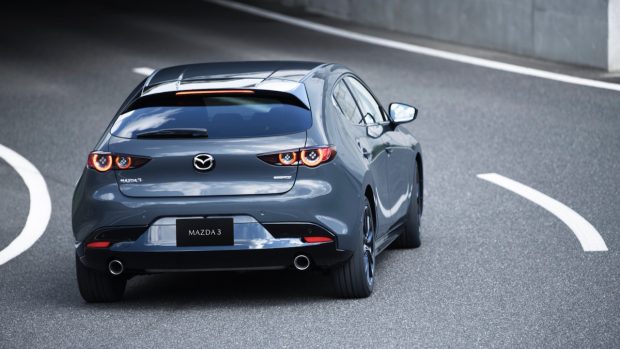
The all-new, fourth-generation Mazda 3 has been revealed in Los Angeles this afternoon. Chasing Cars was present at the debut of the new small hatchback and sedan range at LA’s NeueHouse space, where the 2019 3 made its debut before being shown to the public at this week’s Los Angeles Auto Show.
The arrival of the fourth generation of Mazda’s mainstay passenger car, of which six million have been sold since the introduction of the first Mazda 3 in 2003, is a long-anticipated launch for the Japanese brand. With a third of global Mazda 3 sales attributed to North American markets, the brand selected Los Angeles as the debut location, with the United States to be the 3’s launch market in ‘early 2019’.
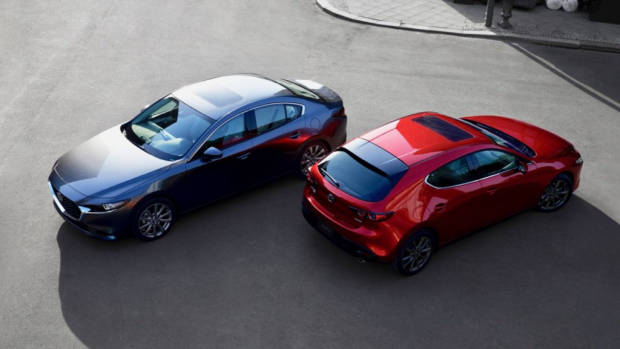
A vastly simplified exterior design is the standout impression on the new 3, which introduces a ‘new era’ for the brand led by a ‘mature interpretation’ of Mazda’s Kodo design language. Designers have pared back unnecessary detail to rely purely on organic shapes and forms, allowing the 3’s flowing lines to change based on the lighting and scenery.
There is a clearer differentiation between the sedan and hatch models for the fourth-generation vehicle. Both will come to Australia, with the hatch presenting a more ’emotive’ design according to Mazda, with a particularly radical C-pillar, while the sedan pursues an ‘elegant’ aesthetic with more conventional design cues. The hatch is the clear design leader of the pair, sporting an exclusive Polymetal Grey colour for its 4.46m-long exterior. The sedan is 4.66m long, a considerable extension over the outgoing generation.
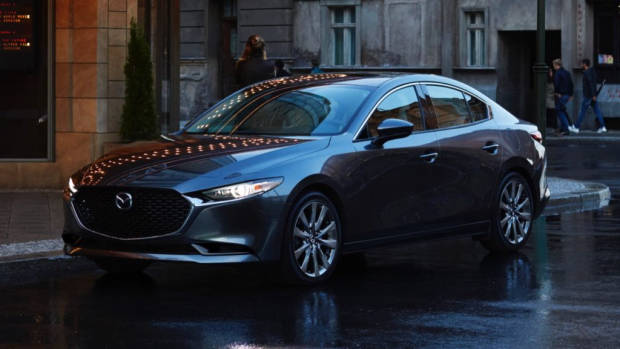
The new 3 is also the launch vehicle for Mazda’s incoming family of Skyactiv-X engines, combining high compression ratios and light supercharging, of which one variant will be offered on the new model. Australia will also see two existing naturally aspirated Skyactiv-G petrols carry over in 2.0-litre and 2.5-litre varieties. Other world market engines, in the form of a 1.8-litre turbo diesel and a 1.5-litre naturally aspirated petrol, will likely not be seen in Australia.
While the development of the new 3’s ride and handling characteristics were based around comprehensive scientific studies, Mazda says, we’ll have to assess this in light of the fact the 3 regresses from a fully independent rear suspension arrangement to a simpler torsion bar on the incoming generation.
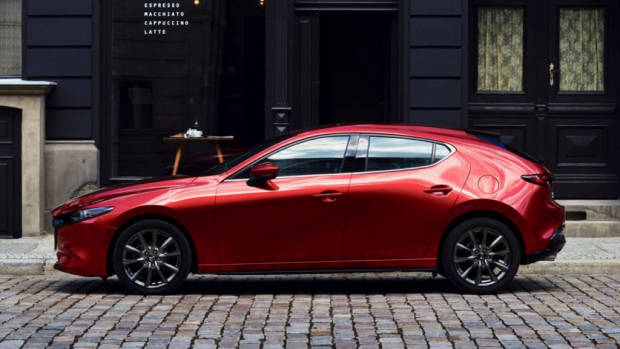
Mazda’s G-Vectoring Control, which lightly reduces engine torque in individual wheels to improve natural cornering dynamics, will be extended in the fourth-generation car to a new iteration known as GVC Plus, which will now actively yaw the vehicle via the brakes.
The interior of the new 3 takes a step up in quality with further clutter reduction aesthetically. The cabin design language is based on two axes, running north-south and east-west, with a strong driver orientation to the cockpit. An 8.8-inch widescreen replaces the current vehicle’s 7-inch screen, while strong emphasis is made on improving cabin ergonomics: adjustable seat thigh angle will be made standard, while key components, like the Commander control for the infotainment and central armrest have been moved forward, and higher.
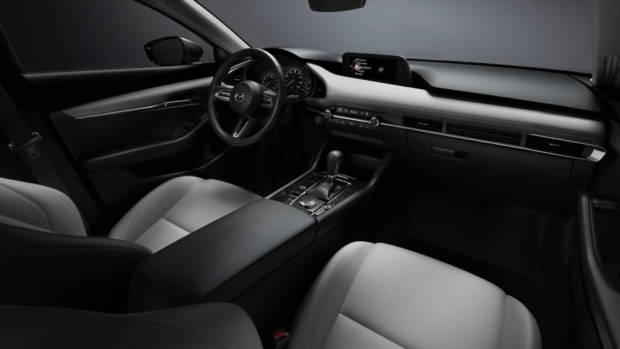
Greater steering wheel adjustment will be present and interior materials receive an upgrade in line with a new ‘Mazda Premium’ philosophy, with base cars receiving a ‘Greige’ cloth treatment (grey–beige in colour), and upmarket specifications of the hatchback sporting burgundy leather.
A higher standard of safety features will be available on the new 3, with Australian cars likely to be fully outfitted in this regard with autonomous emergency braking, adaptive cruise control, lane keep assist, blind spot monitoring and a new fatigue detection feature that uses infrared cameras to monitor the driver’s eye and face angles to judge wakefulness.
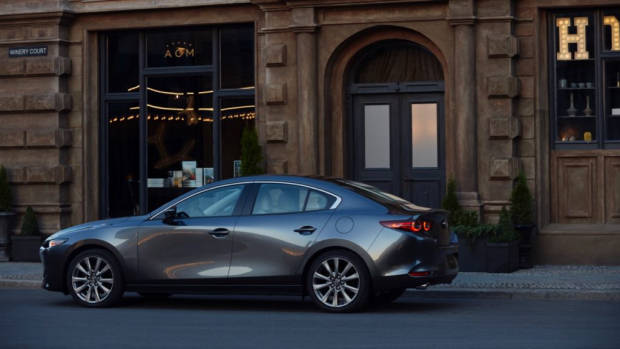
Chasing Cars will be hands-on with the new Mazda 3 in the coming days at the Los Angeles Auto Show, with further detail on the expected Australian market entry in mid-2019 to follow.
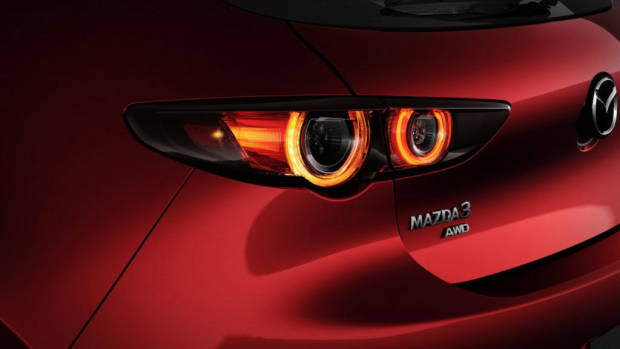
Latest news
About Chasing cars
Chasing Cars reviews are 100% independent.
Because we are powered by Budget Direct Insurance, we don’t receive advertising or sales revenue from car manufacturers.
We’re truly independent – giving you Australia’s best car reviews.